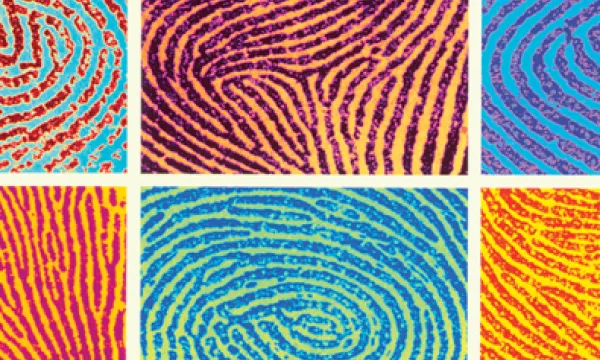
Solve It
Can you use the forensic toolkit of fingerprinting, chromatography, and microscopic hair analysis to solve our whodunnit?
Recommended for: KS2 (7-11)
Access considerations
Workshop

Can you use the forensic toolkit of fingerprinting, chromatography, and microscopic hair analysis to solve our whodunnit?
Access considerations
Workshop